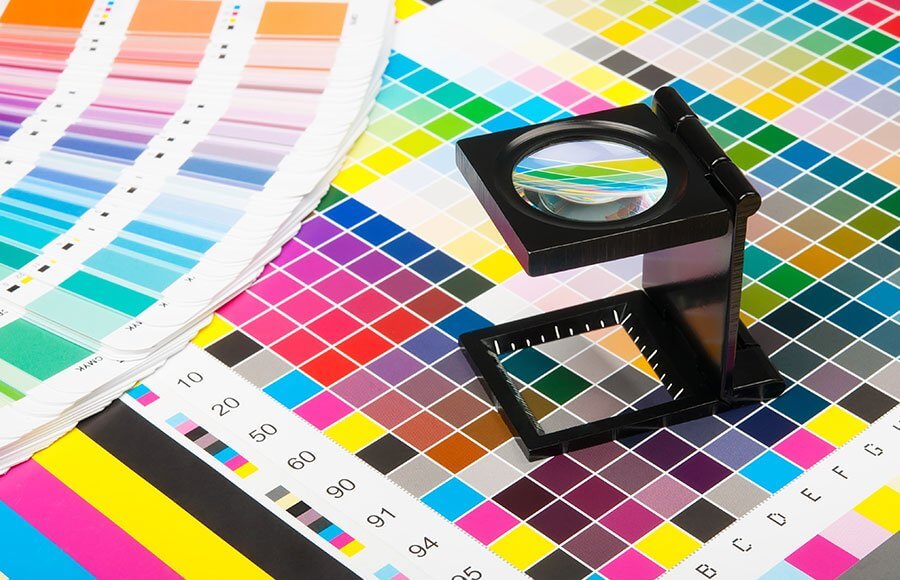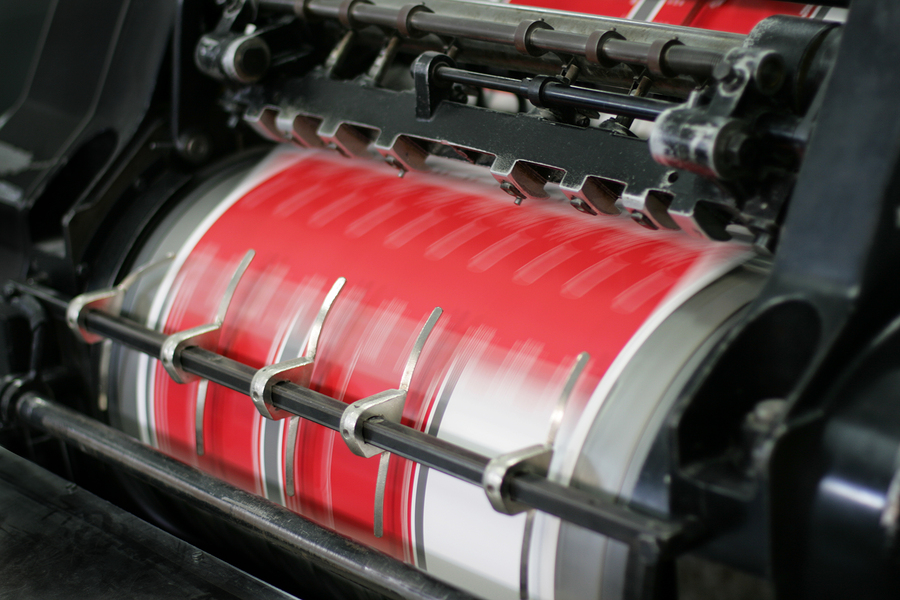A Comprehensive Overview to Comprehending Litho Printing Methods
The world of litho printing, a method stemming from the late 18th century, is a remarkable mix of history, scientific research, innovation and art. This detailed overview will decipher the intricacies of this printing technique, from the structure of litho inks to the challenges faced in modern applications. As we venture into the intricacies of lithography, the importance of automation and sustainability in guaranteeing its future importance comes to be increasingly clear. Remain with us as we journey right into the captivating realm of litho printing.
The Historical Development of Litho Printing
The historical trajectory of litho printing, an essential development in the world of interaction, is an exciting tale of human ingenuity. The procedure developed with the advent of the rotary press, which greatly raised performance. Each stage of litho printing's development showcases humanity's relentless search of performance and high quality in visual communication.
Translating the Science Behind Litho Printing Inks
Moving onward in the exploration of litho printing techniques, the emphasis currently shifts to the scientific research behind litho printing inks. The structure of these inks, their drying procedure, and color mixing strategies develop the backbone of this complicated art type. Understanding these components is essential to mastering the craft and attaining the preferred print results.
Make-up of Litho Inks
In lithographic printing, the basic duty of litho inks can not be overstated. Pigments, the color-providing aspects, are carefully ground fragments put on hold in the car, a fluid that carries the pigment onto the printing surface. Each element plays a crucial part in the final print's high quality, making the exact solution of litho inks an intricate science.
Ink Drying Process
From the structure of litho inks, interest transforms to the remarkable procedure of ink drying out. The drying procedure is crucial, as it affects the final print's quality and longevity. Two primary methods are used in litho printing: oxidative drying out and absorption. Oxidative drying out includes the ink reacting with oxygen in the air to form a difficult, dry movie. This technique provides a durable finish, however can be slower compared to absorption. Absorption, on the various other hand, involves the ink seeping into the paper fibers, which is a much faster procedure but can bring about much less lively shades. The choice in between these methods is dependent upon elements such as print speed demands, the paper kind utilized, and the desired finish. Going Here
Color Combining Methods
While the drying procedure plays an essential role in litho printing, the scientific research of shade blending strategies holds equivalent value. The science behind litho printing inks also takes into account the transparency of the ink, which influences how shades overlay and mix.
The Art and Design Aspects in Litho Printing
Litho printing takes a breath life into art and layout with its distinct elements. Litho printing accommodates a range of colors, making it possible for artists to create vivid and dynamic prints. This mix of precision and flexibility makes litho printing a recommended option for many musicians and developers.
Modern Applications of Litho Printing Methods
Litho printing methods have located extensive use in the modern business field. Its influence and value remain to grow with the arrival of brand-new innovations and technologies in the area. This area will check out these contemporary applications and the transformative role they play in the printing industry.
Industrial Litho Printing Utilizes
Litho printing stays a crucial part of the industrial market. High-volume printing jobs, such as the manufacturing of publications, papers, and product packaging, depend on litho printing for its capability to supply exceptional photo quality and cost efficiency. Litho printing likewise offers a broad color spectrum, superior to that of electronic printing.
Innovations in Litho Printing
Pushing the limits of traditional techniques, modern-day developments useful site have actually fueled a host of technologies in litho printing. One prominent growth is digital litho printing, which combines the virtues of digital innovation with litho's high-grade output. These technologies highlight the long-lasting importance of litho printing in the modern-day globe.
Exploring the Refine of Litho Printing: Detailed

Challenges and Solutions in Contemporary Litho Printing

In spite of the precision and tradition that litho printing proudly upholds, it is not without its set of modern challenges. The most widespread issues include the high first configuration price, trouble in printing variable data, and ecological problems because of chemical usage. However, remedies are arising as modern technology advances. Digital litho printing permits for affordable short runs and simple personalization, attending to the concern of variable data. Environmentally-friendly inks and more secure plate-making processes alleviate environmental issues. Furthermore, developments in automation have minimized labor prices, even more democratizing the lithography process. Thus, while there are obstacles, this hyperlink the litho printing market is proactively adapting to meet them head-on, ensuring its relevance in the future.
Verdict
In conclusion, litho printing, with its abundant history and clinical ins and outs, holds a significant location in the print industry. The future of litho printing pivots on its ability to adjust to these altering needs, verifying its enduring worth in a developing market.
